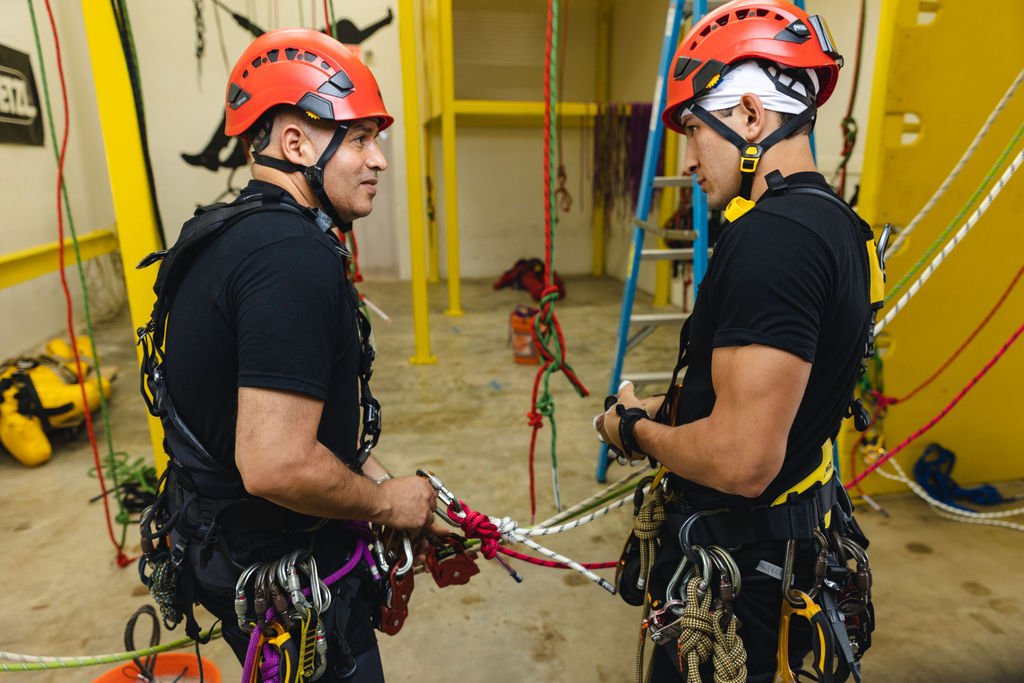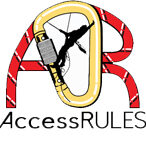So, you want to be a rope access technician? It’s been a great profession for a lot of people throughout the world. I know it’s been a great choice for me. I hope to give you some advice on how to start your career in the industry and set yourself up for success in the future.
The first thing to consider is whether you have an aptitude for working at height. You’ll probably have a good idea if a life at height is for you if you’ve spent any time on scaffolding or other conventional methods such as scissor lifts or JLG’s. Do you get butterflies in your stomach if you climb a ladder? Maybe you experience vertigo if you’re looking down at the ground from an unenclosed position, like on a pedestrian bridge? These feelings are not unusual and they’re not an excluding factor. It just means you’ll have to overcome these feelings during the early months of rope access work. I am very afraid of heights, yet I’m a pretty good rope access technician. I trust my abilities and my equipment.

Next, let’s consider your physical condition. Most people will not be accustomed to the physical nature of rope access. By this I mean you’ll use your legs more than your arms to climb a rope and change equipment. This is completely opposite of how you were probably taught to climb a rope in high school gym class. Arm soreness and general aches are the most common ailment you’ll face when you first start. The harness will cause pressure points in your midsection. A well adjusted harness and proper technique will help. A good place to start is by doing simple exercises. Pushups and sit-ups are awesome for your overall health and strengthening your core. You’ll be ahead of the game if you can do 10 pushups and 30 sit-ups.
Finding a training center that will allow you to learn and practice your techniques is incredibly important. We have awesome trainers who deliver a complete curriculum who care about your success. They will work side by side with you to ensure you have good technique and a great understanding of the guidelines. Yes, the certification from SPRAT or IRATA is important and why you would go to a training center, but our goal is to prepare you for a career in rope access. We truly care.
You also need to prepare your mind. Your level 1 certification will be difficult to earn. Neither SPRAT nor IRATA give these certifications away. It’s based on knowledge of the guidance and performance of the skills. You don’t get a certification for showing up and participating. Therefore, you need to understand that you’ll be required to read a bunch of stuff. We try to make it interesting and fun, but you’ll have to do the work. Generally, we’re going to ask you to perform the physical stuff during the day and read the guidance as homework. We give each student a practice quiz to help them experience what the written test will be like during the certification.
Finally, you may need to get a job once you have a rope access certification. We have deep relationships with many of the employers. We’ll point you in the right direction. Having a rope access certification is important, but employers will most likely require other skills as well. Nondestructive testing is a great path many of our partners need. We have partnered with ND3 to provide training in this great field. They have decades of experienced instructors who have the same high level of care for their students. We can certainly help you here.

Good luck with your career choice. Give us a call at 504 366-0586 and we’ll help where we can. See you in a course soon!

